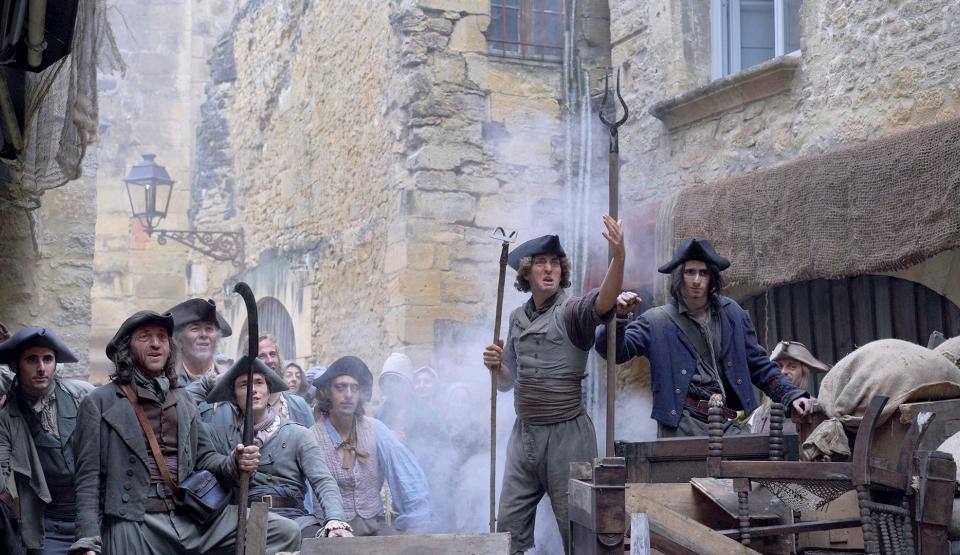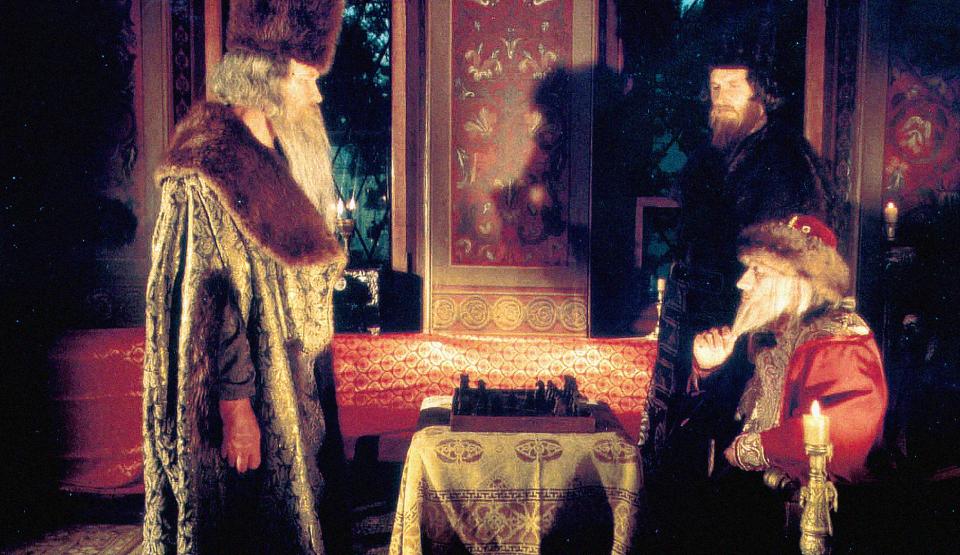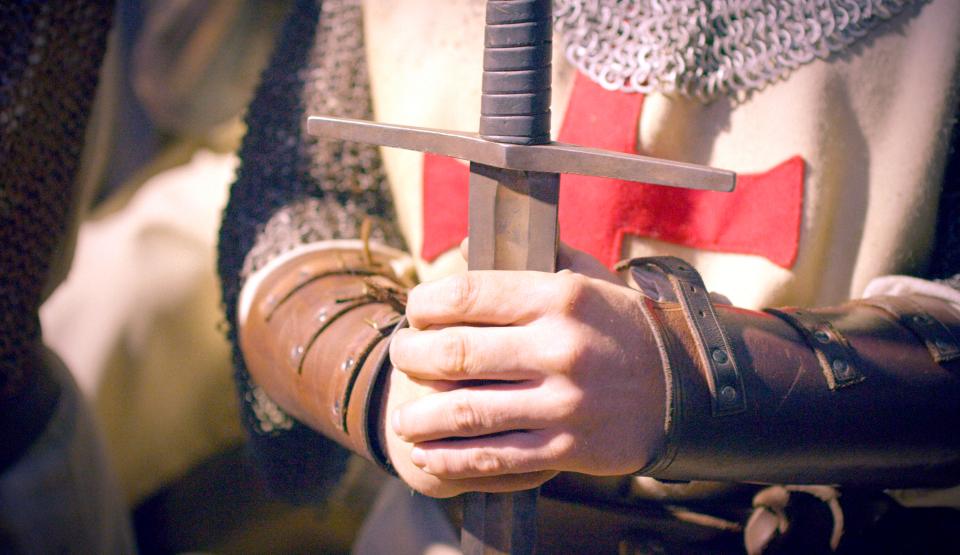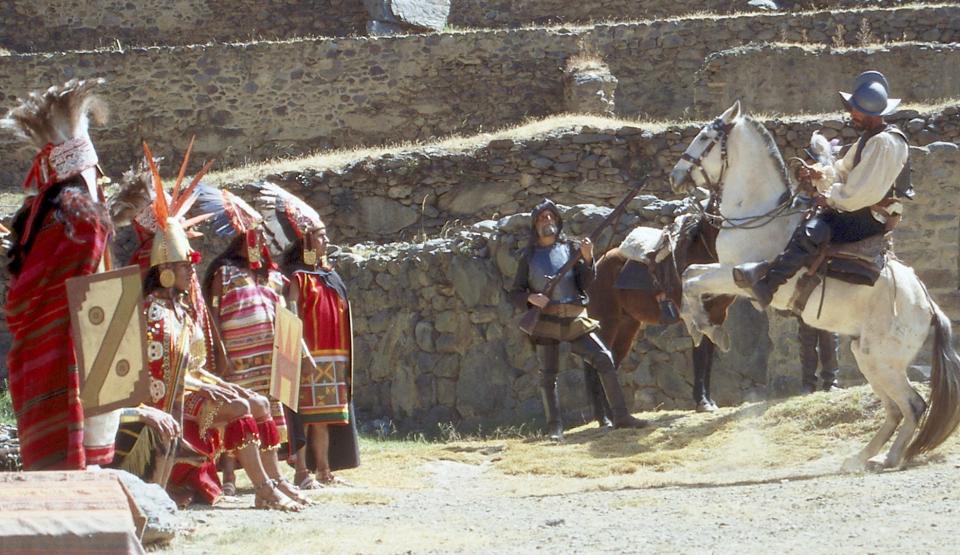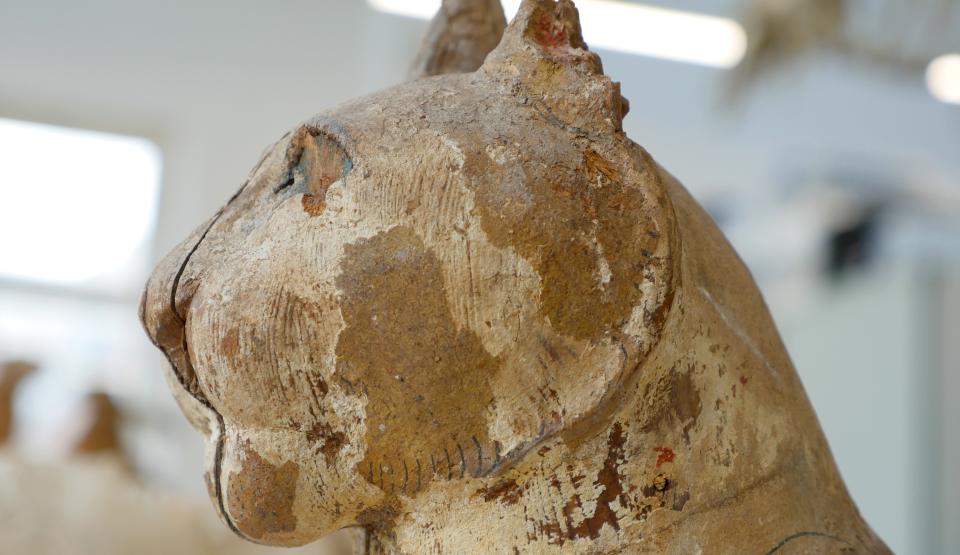The first rumours about a forgotten Pharaoh reached Europe in the middle of the 19th century. Was it Akhanaten? The first evidence was found by the scholar Richard Lepsius. He began documenting the treasures of Egypt’s ancient art in 1842. In tomb complexes and temples, his staff copied wall paintings and took casts of bas-reliefs. From Cairo, his journeys took him south. He kept an exhaustive diary about the work of the ‘Royal Prussian Expedition’ at the stops on their journey—following the Nile further and further upstream. In Middle Egypt, near the town of Asyut, Lepsius made an astonishing discovery. On both banks of the Nile he found traces of a Pharaoh whose name was missing from the traditional lists of kings. His curiosity was aroused—feverishly, he followed what hints the locals could give him.



